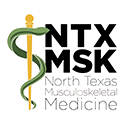Better Health Through Smarter Supplements: Natural Anti-Inflammatory Support
Are you overwhelmed by the supplement aisle? You’re not alone. With so much conflicting advice, it can be overwhelming to know which supplements truly help — and which are just hype.

